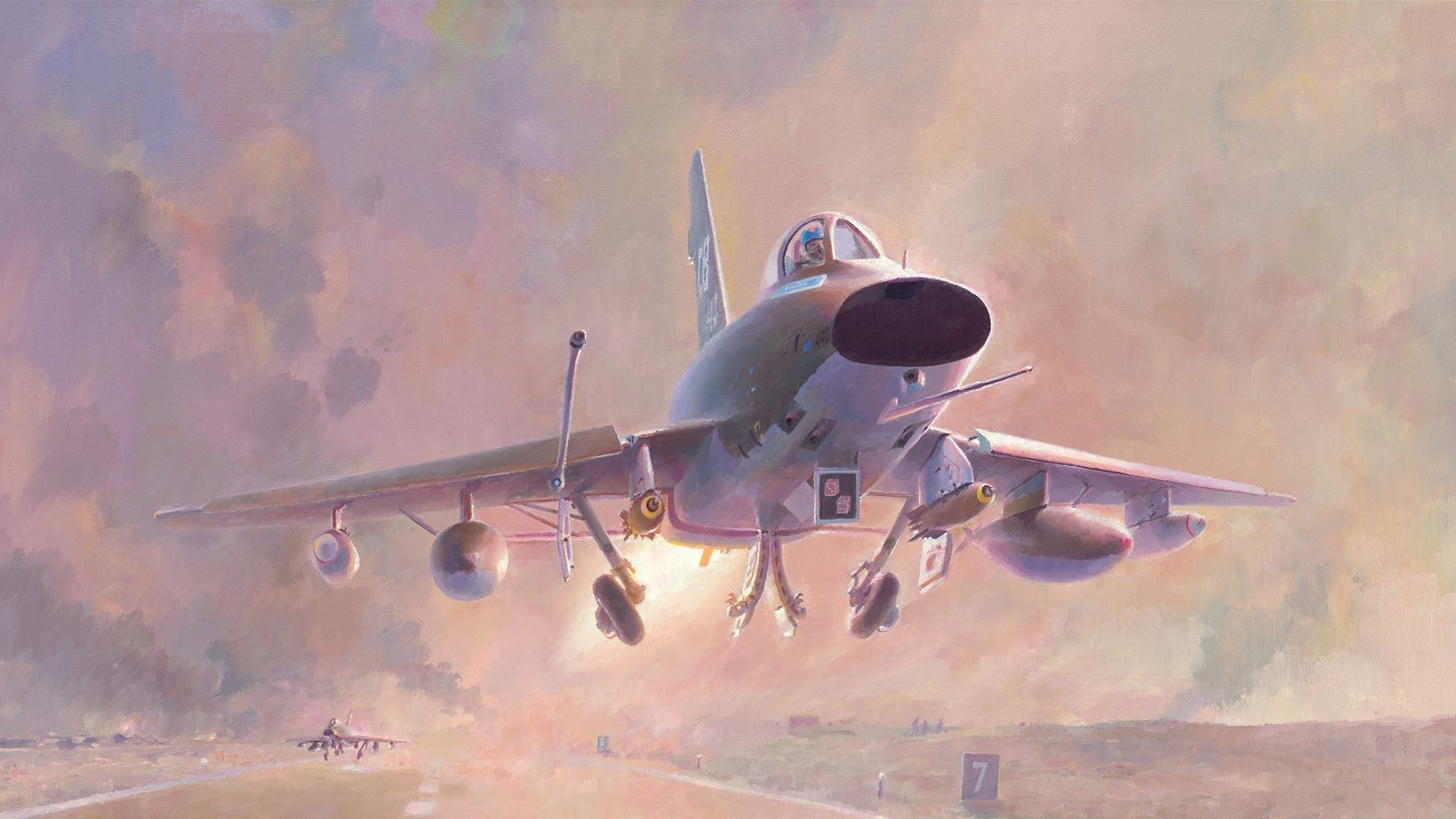
Aviation art captures the thrilling essence of flight, blending history, technology, and creativity. Ever wondered what makes this genre so captivating? Aviation art isn't just about planes; it's about the stories they tell, the heroes who flew them, and the skies they conquered. From World War II dogfights to modern jets slicing through clouds, these artworks bring aviation history to life. Artists use various mediums like oil, watercolor, and digital tools to create stunning visuals. Whether you're an aviation enthusiast or an art lover, there's something magical about seeing a plane frozen in time on canvas. Ready to learn more? Buckle up!
Key Takeaways:
- Aviation art originated during World War I, capturing the bravery of pilots in aerial combat. Famous artists like Charles H. Hubbell and Robert Taylor have set high standards for this unique art form.
- Aviation art has influenced popular culture, from movie posters to video games. Collecting limited edition prints and original paintings by famous aviation artists has become a way for enthusiasts to celebrate their passion for flight and history.
The Origins of Aviation Art
Aviation art captures the essence of flight, from the earliest days of aviation to modern times. Let's explore some fascinating facts about this unique art form.
-
Aviation art began during World War I: Artists started depicting aerial combat scenes, capturing the drama and heroism of pilots in action.
-
Charles H. Hubbell was a pioneer: Known for his detailed and accurate paintings, Hubbell's work set a high standard for aviation art.
Famous Aviation Artists
Many artists have made significant contributions to aviation art, each bringing their own style and perspective.
-
Robert Taylor is known as the "Master of Aviation Art": His paintings often feature historical aircraft and dramatic skies, making them highly sought after by collectors.
-
Keith Ferris created murals for the Smithsonian: His large-scale works can be seen at the National Air and Space Museum, showcasing his talent for capturing the grandeur of flight.
Techniques Used in Aviation Art
Artists use various techniques to bring their aviation scenes to life, making the viewer feel as if they are part of the action.
-
Oil painting is a popular medium: The rich colors and textures of oil paints allow artists to create realistic and vibrant images of aircraft.
-
Digital art has become more common: With advancements in technology, many artists now use digital tools to create detailed and dynamic aviation scenes.
Aviation Art in Popular Culture
Aviation art has found its way into many aspects of popular culture, influencing how we view and appreciate flight.
-
Movie posters often feature aviation art: Films like "Top Gun" and "Pearl Harbor" use striking aviation imagery to capture the excitement and drama of aerial combat.
-
Video games use aviation art for immersive experiences: Games like "Flight Simulator" and "Ace Combat" rely on detailed and realistic aviation art to enhance gameplay.
Collecting Aviation Art
For many enthusiasts, collecting aviation art is a way to celebrate their passion for flight and history.
-
Limited edition prints are highly valued: Collectors often seek out signed and numbered prints by famous aviation artists, making them prized possessions.
-
Original paintings can be quite expensive: Due to their rarity and the skill involved in creating them, original aviation artworks can fetch high prices at auctions.
Aviation Art Exhibitions
Exhibitions dedicated to aviation art provide a platform for artists to showcase their work and for enthusiasts to appreciate the beauty of flight.
- The American Society of Aviation Artists hosts annual exhibitions: These events bring together artists and collectors from around the world, celebrating the art and history of aviation.
Final Thoughts on Aviation
Aviation is more than just flying from one place to another. It’s a world full of fascinating facts and incredible innovations. From the Wright brothers' first flight to the modern marvels of today, aviation has come a long way. Understanding these 11 facts gives you a glimpse into the complexity and beauty of flight. Whether it’s the engineering feats, the safety protocols, or the history behind it all, aviation continues to captivate and inspire. Next time you board a plane, think about the amazing journey aviation has taken to get us here. It’s not just about getting from point A to point B; it’s about the innovation, dedication, and passion that make it all possible. Keep exploring, keep learning, and who knows? Maybe you’ll discover even more amazing facts about aviation.
Frequently Asked Questions
Was this page helpful?
Our commitment to delivering trustworthy and engaging content is at the heart of what we do. Each fact on our site is contributed by real users like you, bringing a wealth of diverse insights and information. To ensure the highest standards of accuracy and reliability, our dedicated editors meticulously review each submission. This process guarantees that the facts we share are not only fascinating but also credible. Trust in our commitment to quality and authenticity as you explore and learn with us.


